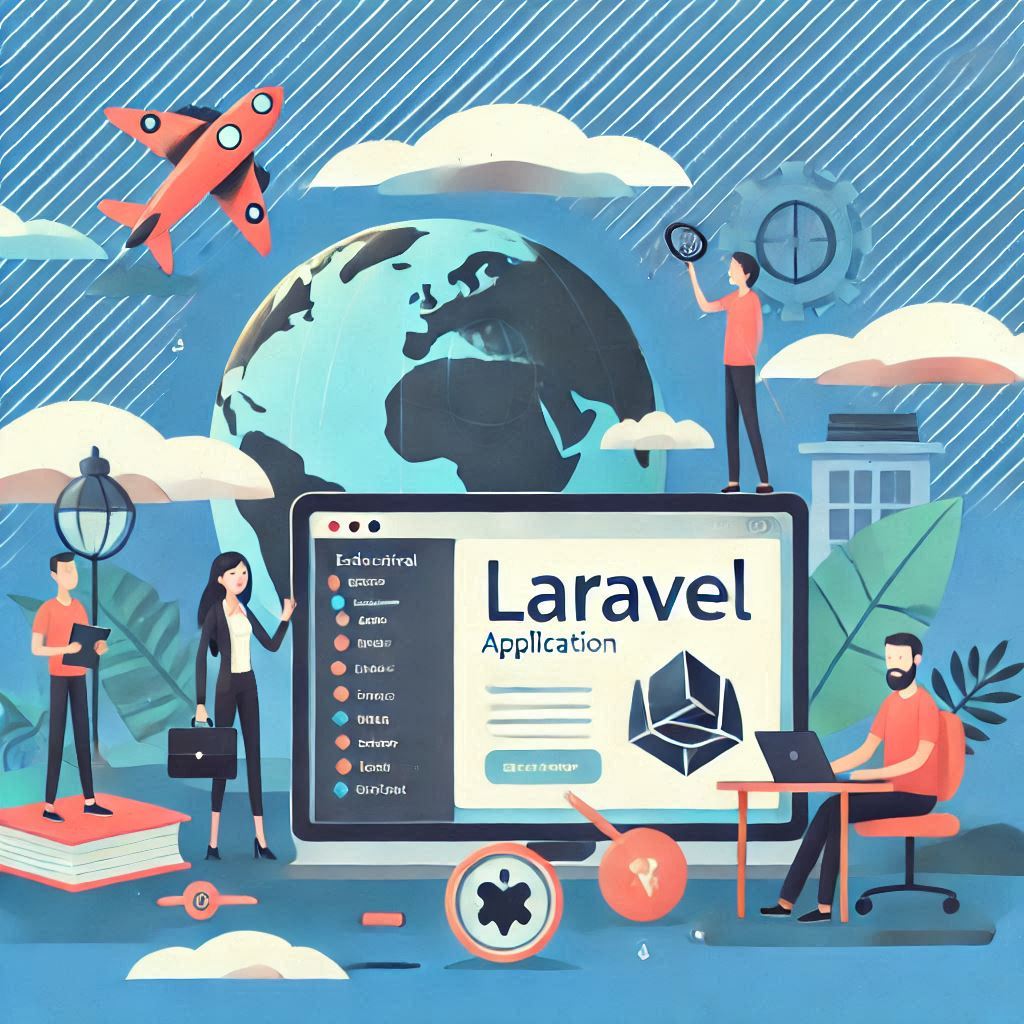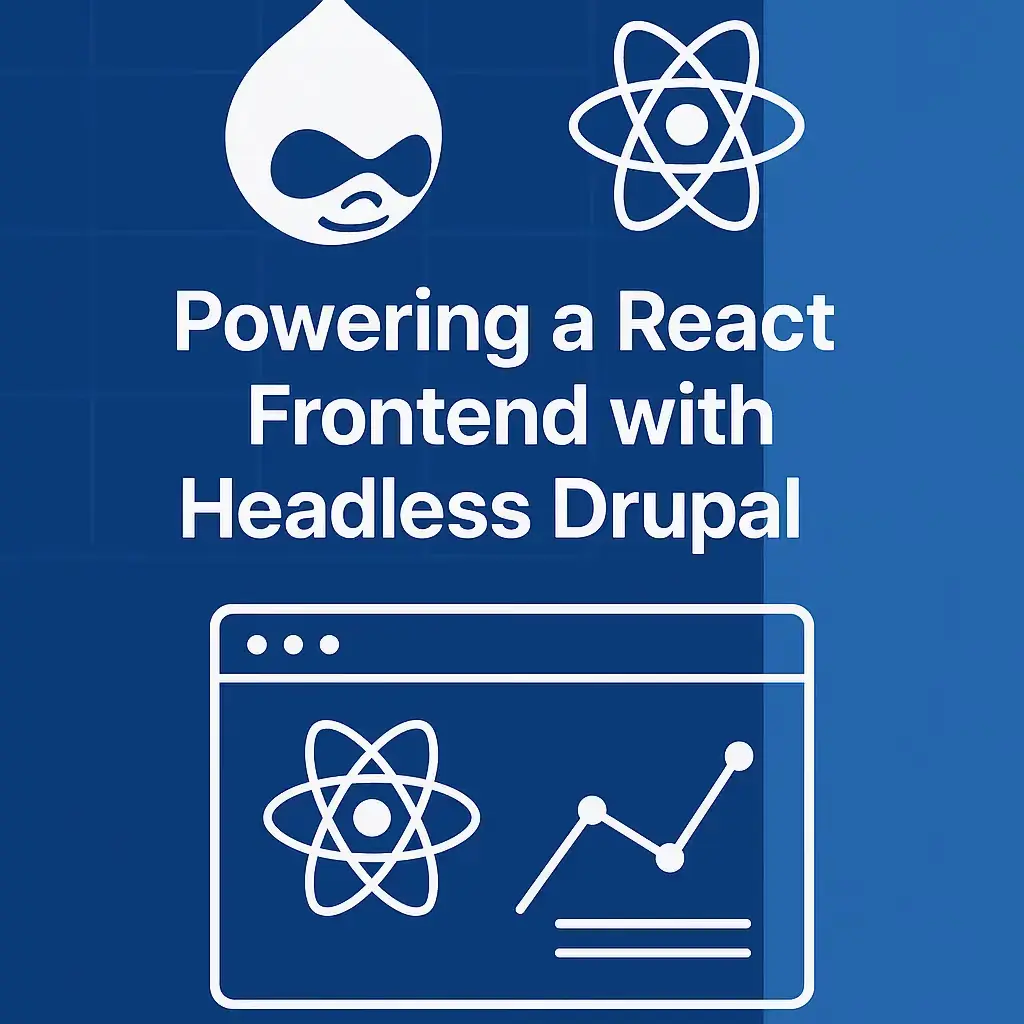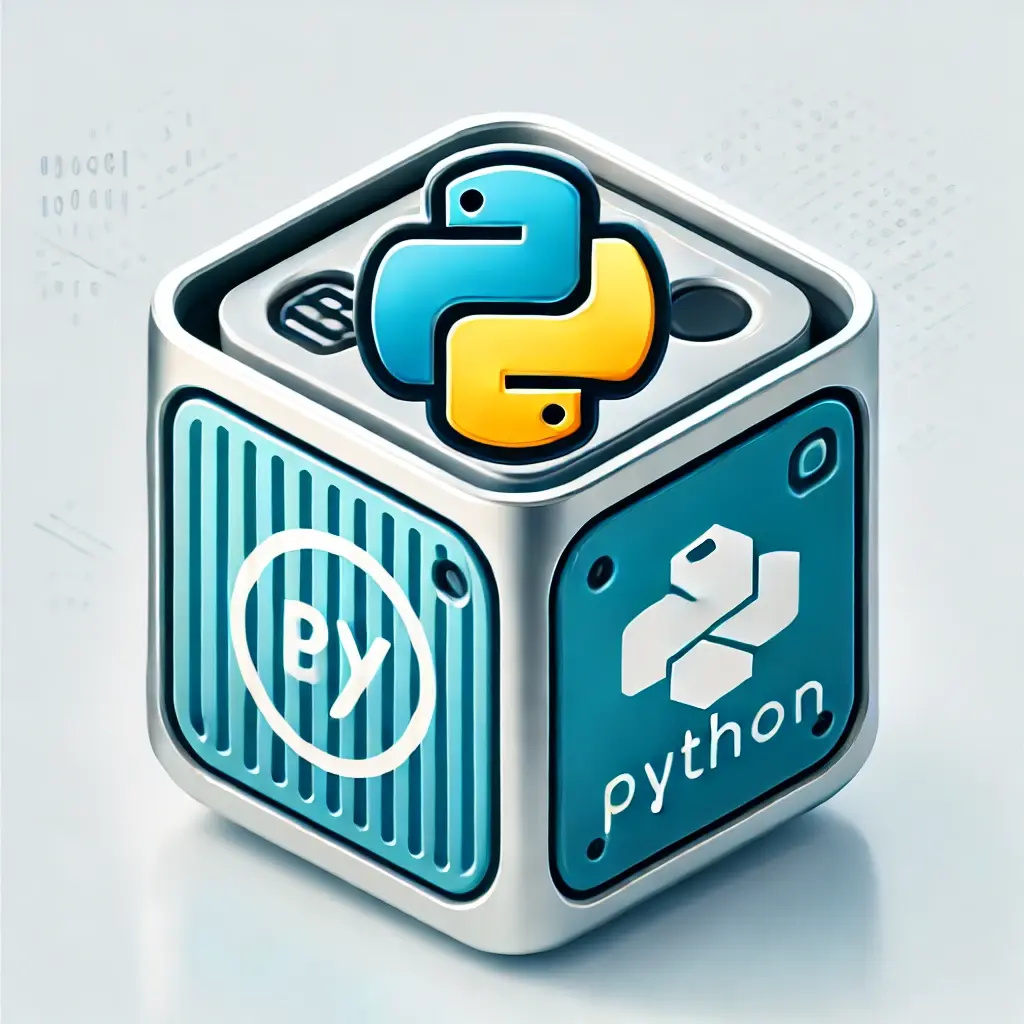
A Comprehensive Guide to Learning Laravel: Mastering the PHP Framework for Web Development
Animesh Pandey
Senior Software Engineer with 6+ years of experience in PHP, Python, and backend development.
A Comprehensive Guide to Learning Laravel: Mastering the PHP Framework for Web Development
Laravel is a popular PHP framework that has gained widespread adoption in the web development community. As a developer, having knowledge of Laravel can help you build robust, scalable, and maintainable web applications quickly. However, with the vast amount of resources available online, it's easy to get overwhelmed by the sheer number of tutorials, documentation, and examples.
In this comprehensive guide, we'll cover the core technical concepts, tools, and hands-on projects to get you started with learning Laravel. By the end of this article, you'll have a solid understanding of how to build web applications using Laravel.
Core Technical Concepts
Laravel is built on top of the PHP framework and provides a robust set of features for building web applications. Here are some key concepts to understand:
Routing
Routing defines the URL structure of your application. In Laravel, you can define routes using the Route facade or by creating a route file in the routes/web.php directory.
// Route file (routes/web.php) Route::get('/tasks', function () { return view('tasks.index'); });
Controllers
Controllers handle incoming requests and return responses. In Laravel, you can create controllers using the Controller facade or by creating a controller class that extends the App\\Http\\Controllers\\Controller class.
// TaskController.php namespace App\\Http\\Controllers; use Illuminate\\Http\\Request; use App\\Models\\Task; class TaskController extends Controller { public function index() { $tasks = Task::all(); return view('tasks.index', compact('tasks')); } }
Eloquent ORM
Eloquent is Laravel's Object-Relational Mapping (ORM) system, which simplifies interactions with your database using PHP classes. To use Eloquent, you need to define a model class that extends the App\\Models\\Model class.
// Task.php namespace App\\Models; use Illuminate\\Database\\Eloquent\\Model; class Task extends Model { protected $fillable = ['name', 'description']; }
Validation
Laravel provides a robust validation system to ensure data integrity. You can create form requests using the FormRequest facade or by creating a class that extends the Illuminate\\Foundation\\Http\\FormRequest class.
// TaskFormRequest.php namespace App\\Http\\Requests; use Illuminate\\Foundation\\Http\\FormRequest; class TaskFormRequest extends FormRequest { public function authorize() { return true; } public function rules() { return [ 'name' => 'required|string', 'description' => 'required|string', ]; } }
Database Migrations
Laravel provides a migration system to manage changes to your database schema. To create a new migration, you can use the php artisan make:migration command.
// database/migrations/2022_01_01_000000_create_tasks_table.php use Illuminate\\Database\\Migrations\\Migration; use Illuminate\\Database\\Schema\\Blueprint; class CreateTasksTable extends Migration { public function up() { Schema::create('tasks', function (Blueprint $table) { $table->id(); $table->string('name'); $table->text('description'); $table->timestamps(); }); } public function down() { Schema::dropIfExists('tasks'); } }
Blade Templating
Blade is Laravel's templating engine, which allows you to write PHP code in your views. You can use Blade directives and syntax to render dynamic content.
{{-- tasks.blade.php --}} <h1>Tasks</h1> <ul> @foreach($tasks as $task) <li>{{ $task->name }} ({{ $task->description }})</li> @endforeach </ul> <form method="POST" action="{{ route('tasks.store') }}"> @csrf <label for="name">Name:</label> <input type="text" id="name" name="name"><br><br> <label for="description">Description:</label> <textarea id="description" name="description"></textarea><br><br> <button type="submit">Create Task</button> </form>
Form Handling
Laravel provides a robust form handling system that allows you to handle form submissions and validation. You can use the FormRequest facade or by creating a class that extends the Illuminate\\Foundation\\Http\\FormRequest class.
// TaskController.php namespace App\\Http\\Controllers; use Illuminate\\Http\\Request; use App\\Models\\Task; use App\\Http\\Requests\\TaskFormRequest; class TaskController extends Controller { public function store(TaskFormRequest $request) { Task::create($request->validated()); return redirect()->route('tasks.index'); } }
Conclusion
In this comprehensive guide, we've covered the basics of Laravel, including installation, routing, controllers, validation, form handling, Blade templating, database migrations, and more. We hope you found this guide helpful in getting started with building web applications using Laravel.


